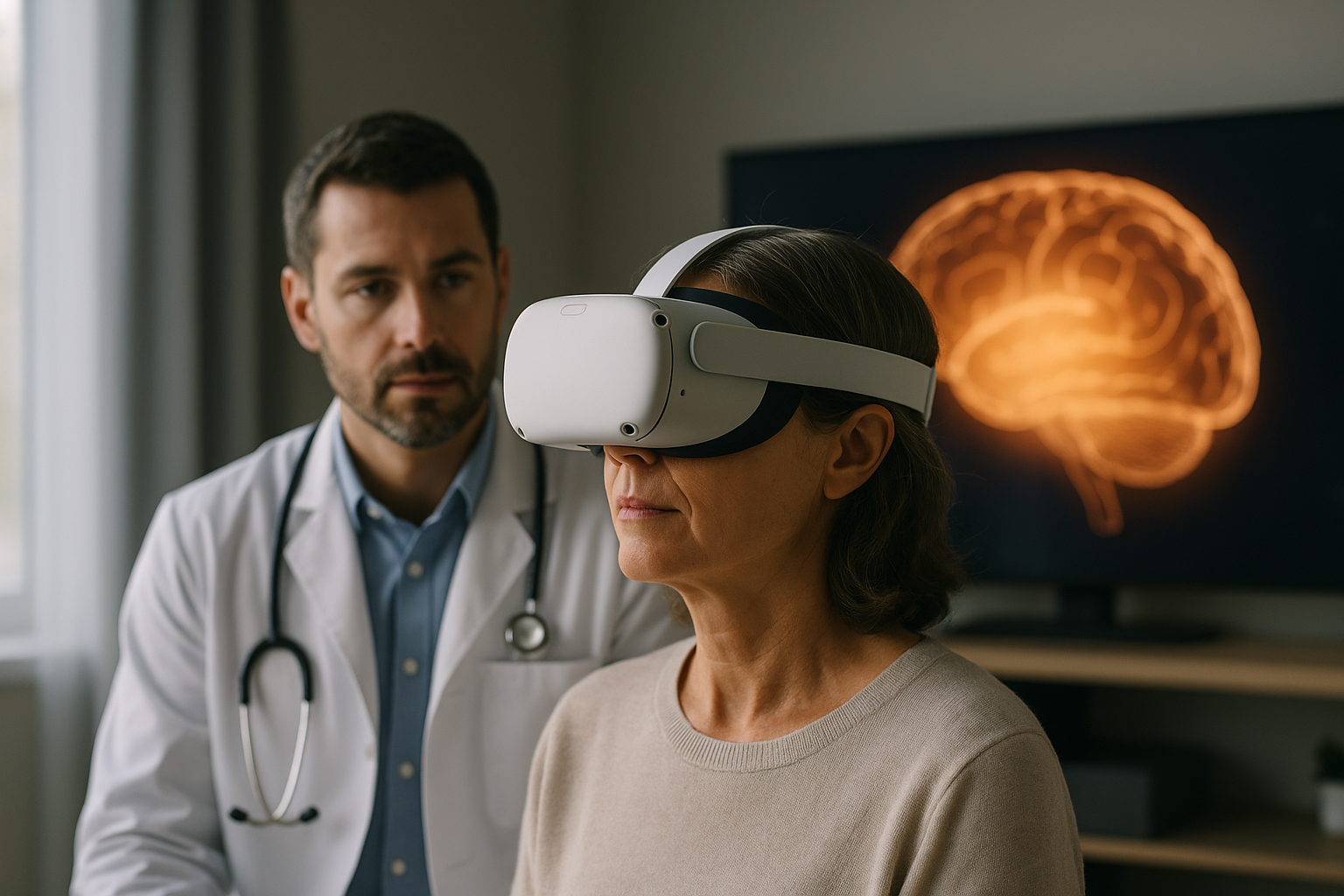Parkinson’s Treatment in 2025: New FDA-Approved Options Changing Lives
In 2025, the FDA approved groundbreaking treatments for Parkinsons motor symptoms, such as a wearable apomorphine infusion device (Onapgo) and an adaptive deep-brain stimulation system. These innovations offer more precise symptom management for advanced disease.

What is Onapgo and how does it manage motor fluctuations?
Onapgo, the first-of-its-kind wearable apomorphine infusion device, has emerged as a game-changer for patients experiencing motor fluctuations in Parkinson’s disease. This innovative system delivers a continuous, subcutaneous infusion of apomorphine, a dopamine agonist, directly into the patient’s body. By maintaining steady medication levels throughout the day, Onapgo helps to reduce the “off” periods that many patients experience between doses of traditional oral medications.
The wearable nature of Onapgo allows for greater mobility and independence, as patients can go about their daily activities while receiving consistent treatment. This device is particularly beneficial for those with advanced Parkinson’s who struggle with unpredictable motor symptoms, offering a more stable and reliable method of symptom control.
How does Adaptive Deep Brain Stimulation personalize treatment?
Adaptive Deep Brain Stimulation (aDBS) represents a significant leap forward in the realm of neurostimulation therapies. Unlike traditional deep brain stimulation, which delivers constant electrical pulses to specific areas of the brain, aDBS acts as a personalized brain “pacemaker” that adjusts its stimulation based on the patient’s real-time brain activity.
This smart system uses advanced algorithms to detect and respond to the unique neural patterns associated with Parkinson’s symptoms. When the device senses the onset of motor symptoms, it automatically adjusts the stimulation parameters to provide targeted relief. This dynamic approach not only improves symptom control but also potentially reduces side effects and extends battery life compared to conventional DBS systems.
What benefits does Vyalev offer for continuous levodopa treatment?
Vyalev (foscarbidopa/foslevodopa) introduces a 24-hour continuous levodopa infusion option, addressing one of the longstanding challenges in Parkinson’s treatment: maintaining consistent dopamine levels. This innovative formulation combines a prodrug of carbidopa with a prodrug of levodopa, delivered via a subcutaneous infusion pump.
By providing a steady supply of levodopa throughout the day and night, Vyalev aims to minimize the “wearing off” effects and dyskinesias often associated with oral levodopa regimens. This continuous delivery system may be particularly beneficial for patients with advanced Parkinson’s who experience significant motor fluctuations or have difficulty swallowing pills.
What are the next steps in Parkinson’s therapy innovation?
As we look beyond 2025, the future of Parkinson’s treatment appears promising, with several avenues of research showing potential. Scientists are exploring neuroprotective therapies that could slow or halt disease progression, rather than just treating symptoms. Gene therapies targeting specific genetic mutations associated with Parkinson’s are also in development, offering hope for more personalized treatment approaches.
Additionally, researchers are investigating the potential of stem cell therapies to replace lost dopamine-producing neurons. While still in early stages, this approach could potentially restore normal motor function in Parkinson’s patients. Advances in wearable technology and artificial intelligence are also expected to play a crucial role in symptom monitoring and treatment optimization.
How do these new treatments compare to previously FDA-approved Parkinson’s medications?
Understanding the latest FDA-approved Parkinson’s treatments in 2025 requires a comparison with existing therapies. While traditional medications like levodopa, dopamine agonists, and MAO-B inhibitors remain important components of Parkinson’s management, the new treatments offer solutions to some of their limitations.
| Treatment | Type | Key Advantage | Potential Drawbacks |
|---|---|---|---|
| Onapgo | Wearable infusion device | Continuous symptom control | Requires device maintenance |
| Adaptive DBS | Brain stimulation | Personalized, responsive therapy | Surgical procedure required |
| Vyalev | 24-hour infusion | Consistent levodopa levels | Pump system management |
| Traditional oral medications | Various | Well-established, non-invasive | Frequent dosing, “wearing off” |
| Conventional DBS | Brain stimulation | Effective for motor symptoms | Less adaptive than aDBS |
Prices, rates, or cost estimates mentioned in this article are based on the latest available information but may change over time. Independent research is advised before making financial decisions.
These new treatments offer more precise and personalized options for managing Parkinson’s symptoms, particularly for patients with advanced disease who may not achieve optimal control with traditional therapies alone. While they may involve more complex administration methods, the potential benefits in terms of symptom control and quality of life are significant.
In conclusion, the FDA approval of innovative treatments like Onapgo, Adaptive Deep Brain Stimulation, and Vyalev in 2025 marks a new era in Parkinson’s disease management. These advanced therapies offer more tailored and continuous symptom control, addressing some of the most challenging aspects of living with Parkinson’s. As research continues to progress, patients and healthcare providers can look forward to an expanding array of options to better manage this complex neurological condition.
This article is for informational purposes only and should not be considered medical advice. Please consult a qualified healthcare professional for personalized guidance and treatment.




